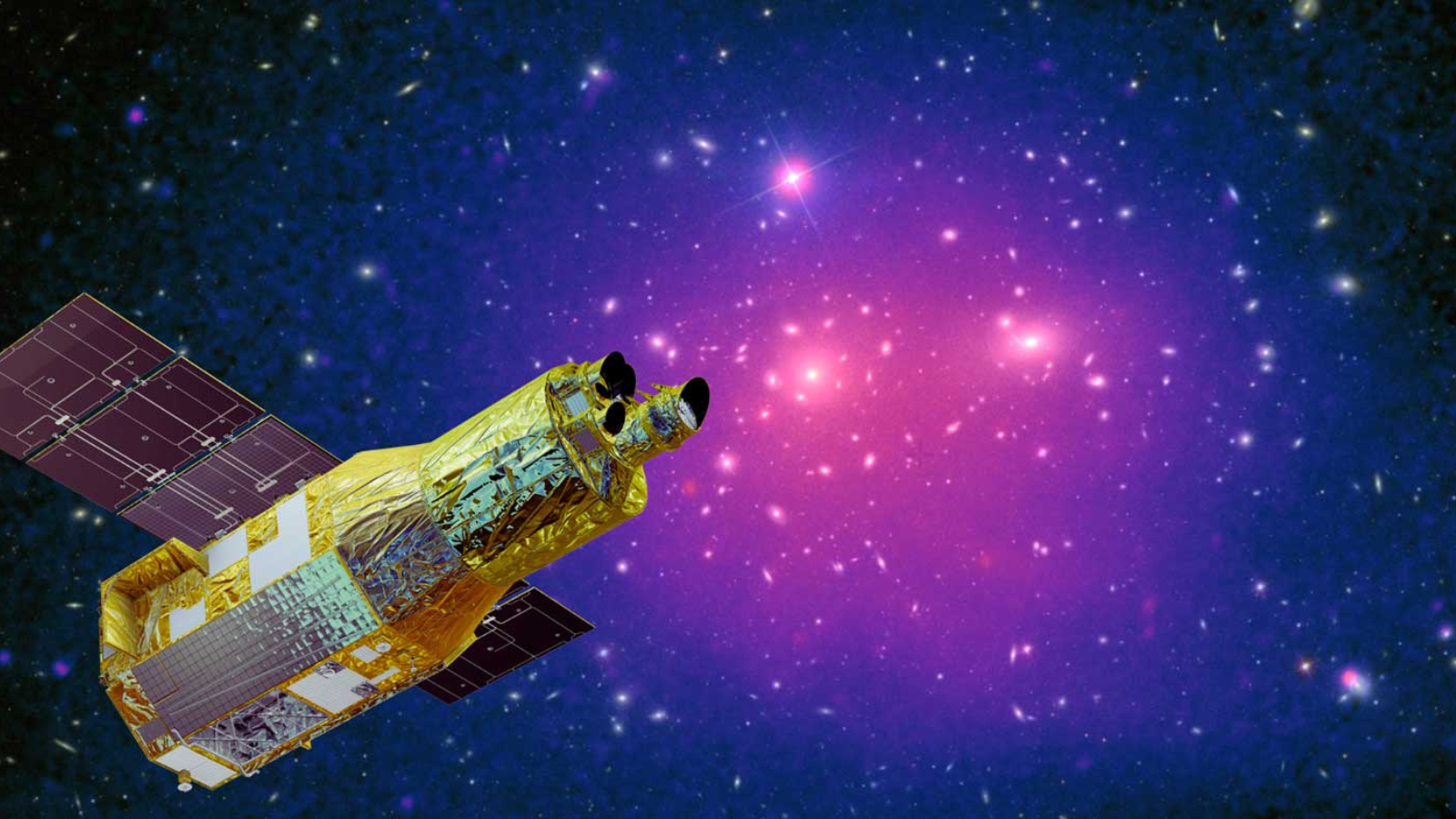Trading Cosmic Places: Neptune and Uranus Swapped Spots
Fourbillion years ago, Uranus and Neptune switched places during a gentle ride out totheir current orbits.
That's theconclusion of Steve Desch, an astrophysicist at Arizona State University, whothinks that all of the gas giant planets took shape twice as close to the sun asthey are at present. His work could cut out much of the mystery of how our"impossible" solar system formed.
The solarsystem is 4.6 billion years old. The formation of rocky planets, fromcollisions between ever-larger objects, is a fairly rock-solid theory. But howthe outergiants developed remains an open question.
?Modelspredicted [Jupiter] would take many millions of years for it to form, andbillions of years for Uranus and Neptune, but our solar system isn?t that old,"Desch said. "Having a denser disk of gas bunched up around the sun couldexplain the two planets' formations, but only if they switched places."
Deschdetails his work in a recent issue of the Astrophysical Journal.
Densertheory
Neptune is currently the most distantplanet from the sun at 2.8 billion miles (4.5 billion kilometers) — sorryPluto, you no longer count. At 1.9 billion miles (3 billionkilometers) away, Uranus is the second most-distant planet.
Breaking space news, the latest updates on rocket launches, skywatching events and more!
Most theories say planets slowly built up from a disk of gas and dust that once reached out to Neptune's current orbit. Turns out that's too spread-outto explain the formation of our solar system, Desch said.
"Bythe time Neptune and Uranus would have built up a solid core large enough to dragin helium and hydrogen for their atmospheres, almost all of the gas would havedrifted into interstellar space," he told SPACE.com.
To make oursolar system work, Desch elaborated on the "Nice" model of planetformation that debuted in 2005. That theory suggests gassy planets formed about twiceas close to the sun as they are now — which means our dusty solar nebula wouldhave been four to 10 times denser than most models predict.
"Mycolleagues seem pretty shocked by my paper, but they've found nothing wrongwith it," Desch said. "Basically, I'm saying we have it allbackwards: Planet-formingmaterial had to have drifted outward, not in towards the sun."
Gravitytugboats
Desch saidthat after an accelerated formation of the gas giants — Jupiter, Saturn, Uranusand Neptune — something pulled them outwards into their current orbits.Subtle gravitational "tugs" from passing comets, he said, couldhave done the trick over billions of years.
"It'slike when the Voyager spacecraft used Jupiter for a gravity-assisted speedboost," he said. "It slightly pulled on the planet to gain speed, butthe fact is that it pulled on the planet."
For Desch'sorbital math to jibe, however, Neptune had to have overtakenUranus about 650 million years into the solar system's evolution.
"Andthat's something the Nice model anticipated," he said, noting thathe added to the work by hashing out the density of planet-forming gas and dustsurrounding our infant sun.
"WhenI graphed out the data, it was almost spooky," he said of the diskdensity curve. "You hardly ever get data to fall into such a smooth predictivecurve like that, but it did."
While Deschcautioned other theorists may find the updated model difficult toswallow, he explained that it's compatible with either of two competing theories of gasgiant formation: a suddencollapse of gas or an accretion of it around a rocky core.
"Whateverthe case, nobody's ever been able to explain how to form Neptune and Uranuswithin the window of 10 million years," he said. "I haven't provedanything, but it's strong circumstantial evidence. It would explain a lot ofthings about our solar system's configuration."
- Video: New Black Planet is Hottest Ever
- Gallery: The New Solar System
- Top 10 Most Intriguing Extrasolar Planets
Dave Mosher is currently a public relations executive at AST SpaceMobile, which aims to bring mobile broadband internet access to the half of humanity that currently lacks it. Before joining AST SpaceMobile, he was a senior correspondent at Insider and the online director at Popular Science. He has written for several news outlets in addition to Live Science and Space.com, including: Wired.com, National Geographic News, Scientific American, Simons Foundation and Discover Magazine.
